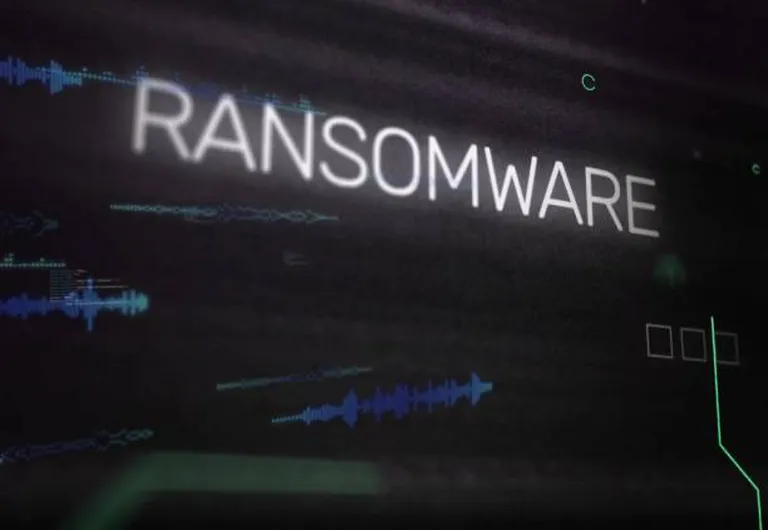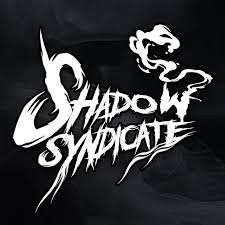Situational Awareness Report: CVE-2025-24813 Apache Tomcat RCE
Overview CVE-2025-24813 is a critical Remote Code Execution (RCE) vulnerability affecting Apache Tomcat, a widely used open-source web server and servlet container. This vulnerability enables attackers to upload a malicious serialized payload to a vulnerable server, leading to arbitrary code…

Overview
Vulnerability Details
- Apache Tomcat 9.0.0.M1 to 9.0.98
- Apache Tomcat 10.1.0-M1 to 10.1.34
- Apache Tomcat 11.0.0-M1 to 11.0.2
-
The server must permit PUT requests to a writable directory (e.g., /uploads/../sessions/).
-
The uploaded session file must be processed (e.g., via a GET request to /index.jsp), triggering deserialization of the malicious payload.
-
The attacker’s system requires Java to generate payloads, typically using tools like ysoserial.
Proof of Concept (PoC)
- Data theft
- Server compromise
- Further infiltration into the network
Active Exploitation: Reports indicate that this vulnerability is being actively exploited in the wild, with attackers leveraging simple PUT requests to upload malicious payloads and execute code remotely.
Mitigation and Patches
-
Apache Tomcat 9.0.99
-
Apache Tomcat 10.1.35
-
Apache Tomcat 11.0.3
-
Update Immediately: Upgrade to the latest patched versions of Apache Tomcat.
-
Restrict PUT Requests: Disable PUT requests if not required, or limit access to writable directories.
-
Monitor Logs: Check server logs for indicators of exploitation, such as unusual PUT requests or deserialization attempts.
Current Threat Landscape
Conclusion
RELATED
SPOTREP: SuperBlack Ransomware Campaign
Executive Summary: SuperBlack Ransomware Campaign The SuperBlack ransomware campaign, active since late January 2025, presents a serious threat to organizations…
Executive Summary – Continued Attacks on USA Law Firms
Executive Summary A cybercriminal operating under the alias CeFarir0ne has put up for sale unauthorized Remote Desktop Protocol (RDP) access to an…
Executive Summary – Shadow Syndicate
Executive Summary In late 2024, Darktrace identified multiple instances of RansomHub ransomware attacks linked to the ShadowSyndicate threat group. ShadowSyndicate,…


